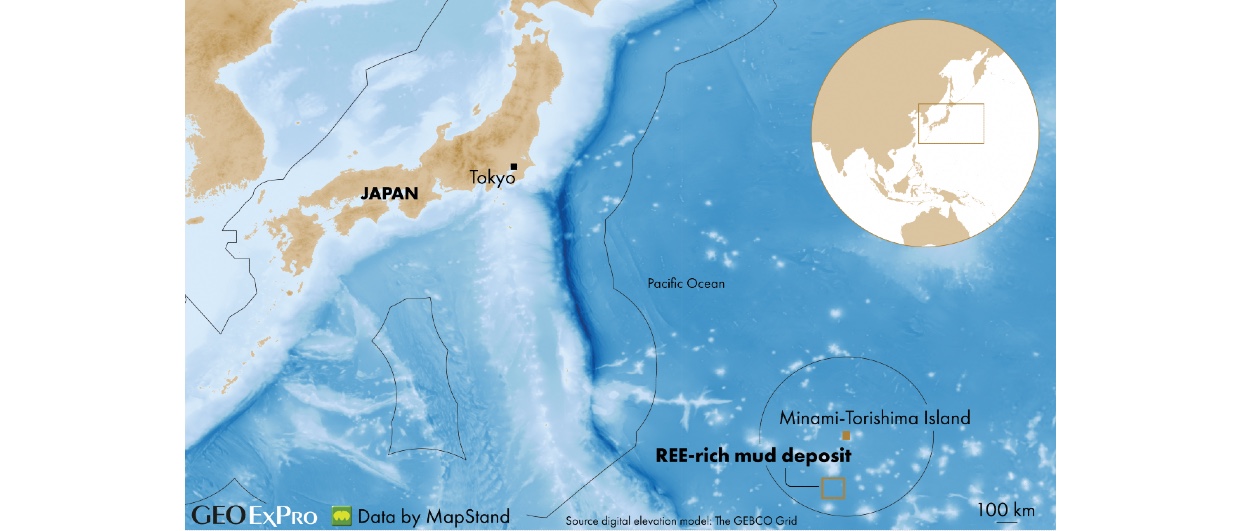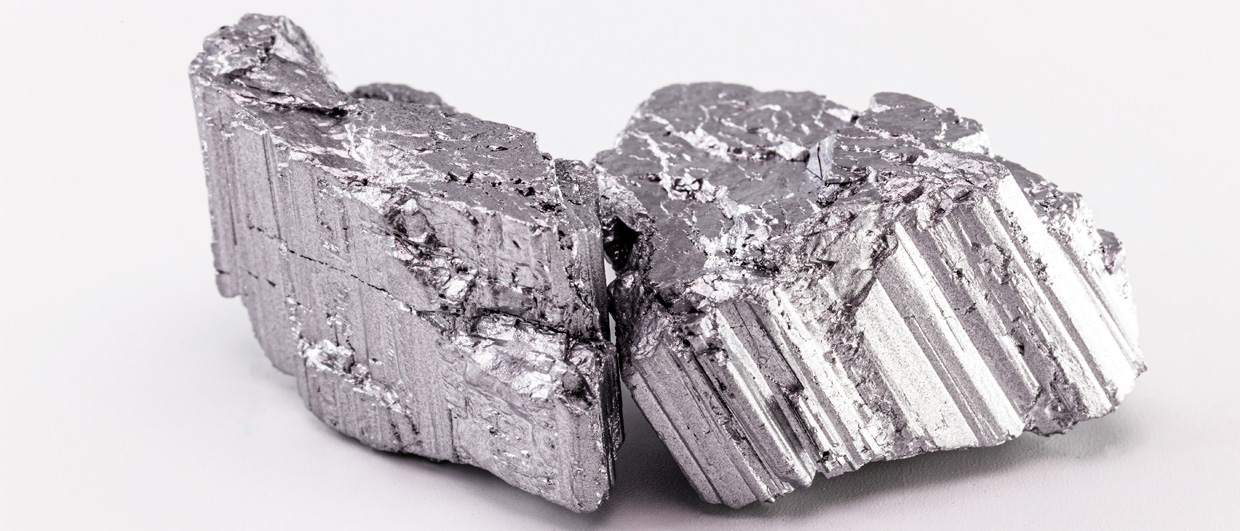The unusual deposit was first discovered by Japan Agency for Marine-Earth Science and Technology (JAMSTEC) in 2013 and is located in an area off the Minami-Torishima Island (Marcus Island) in the Pacific Ocean, some 1,900 kilometers southeast of Tokyo.
A ten-meter interval of highly enriched rare earth elements (REE) muds may help Japan reduce its dependence on China for its industrial metal needs.
According to a story in Nikkei Asia, published late last year, the Japanese Diet (the national legislature) approved to allocate 44 million USD to a project dedicated to developing and testing technologies for extracting mud from depths reaching 6,000 meters.
“Japan will curb excessive dependence on specific countries, carry forward next-generation semiconductor development and manufacturing bases, and secure stable supply for critical goods, including rare earths”, stated the Japanese National Security Strategy, announced in December 2022.
In essence, the technologies required for the trial extraction, which may occur in 2024, are strong pumps and a 6,000-meter-long pipe. Although a rather simple concept, the task may prove challenging, as a previous trial in 2022 was done at depths of only 2,470 meters.
The deposit may be worth the effort though. According to a 2018 Nature Scientific Reports article, the cores revealed grades of up to 5,000 ppm (0,5 percent) REE and Yttrium. That is on par with many other known deposits globally. Further, optimal mineral processing procedures may enhance the economic value of the resource.
The researchers tested the sampled material in a laboratory to gain additional insights into potential future processing methods. They discovered that the mud was amenable to hydrocyclone separation, which is a rather straightforward technology that can be applied on an industrial scale.
By separating and then selectively processing the heavier components of the mud, the researchers effectively increased the deposit grade. They explained that by decreasing the mud weight and volume by only bringing high-grade mud to onshore processing facilities, they could decrease the smelting costs. Further reductions in costs may be achieved if a hydrocyclone separator can be operated in-situ on the sea floor, thus reducing the amount of material to be lifted.
The most promising area (102 km2) and the uppermost ten meters of the mud may yield 1,2 million tons of REE oxide. That could account for the world’s current annual demand for yttrium, europium, terbium, and dysprosium for decades. For the total research area, we could be talking centuries.
These metals are essential components in a wide range of high-technology applications and processes, including superconductors, lasers, magnets, data storage, nuclear power, light bulbs, and medicine, to name a few.
A new type of deposit
A research article from 1990 explains that REE-enriched muds in the Pacific Ocean, such as the deposit found near Minami-Torishima Island, contain fish-bone debris. Fish bones are composed of biogenic calcium phosphate, which readily accumulates REE from the seawater. The researchers concluded that low sedimentation rates in combination with high biological productivity have contributed to the formation of REE rich muds in certain parts of the Pacific Ocean. These muds represent a lesser-known, fourth type of deep-sea mineral deposits. More common are nodules, massive sulphides, and polymetallic crust deposits.





